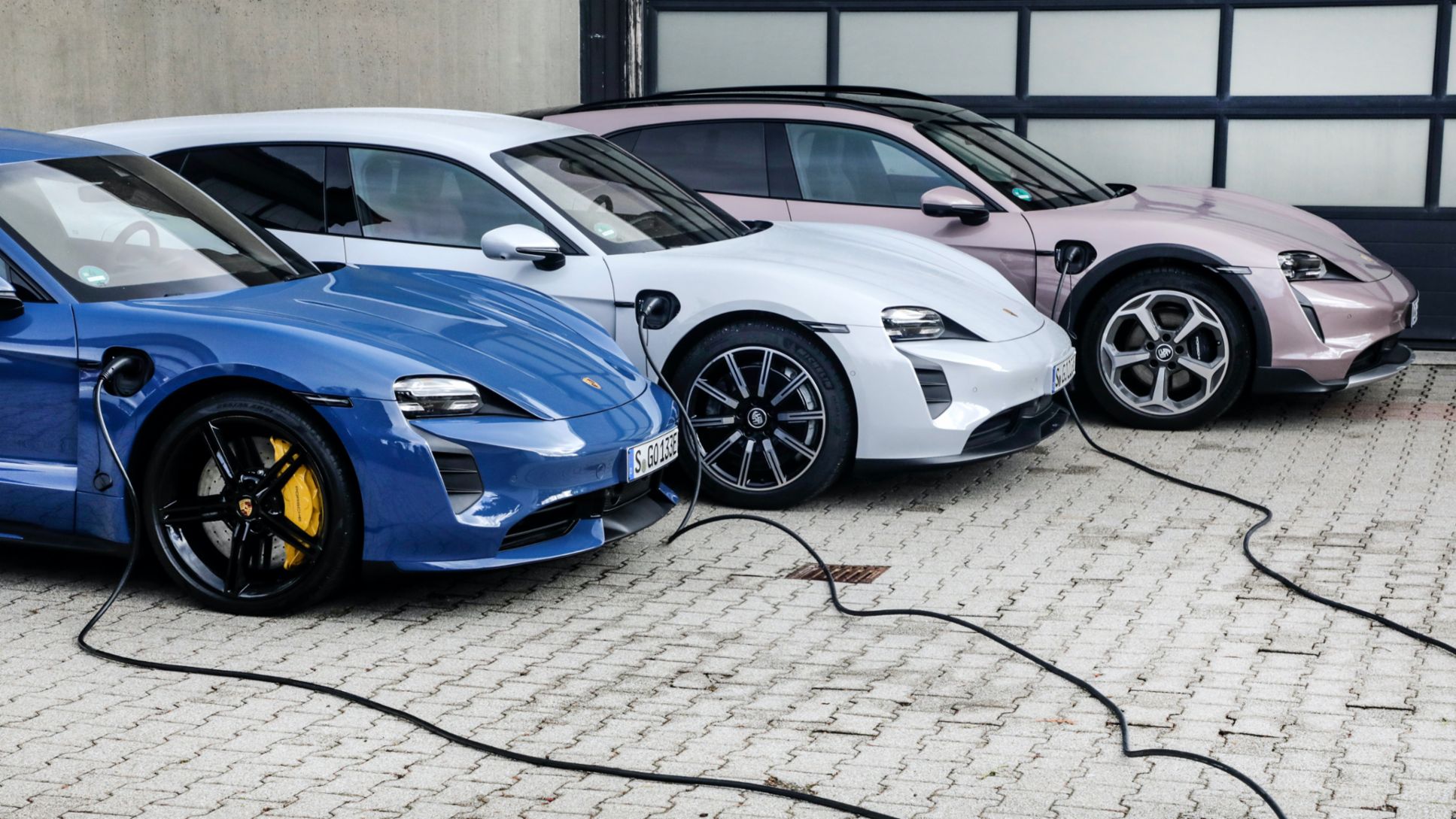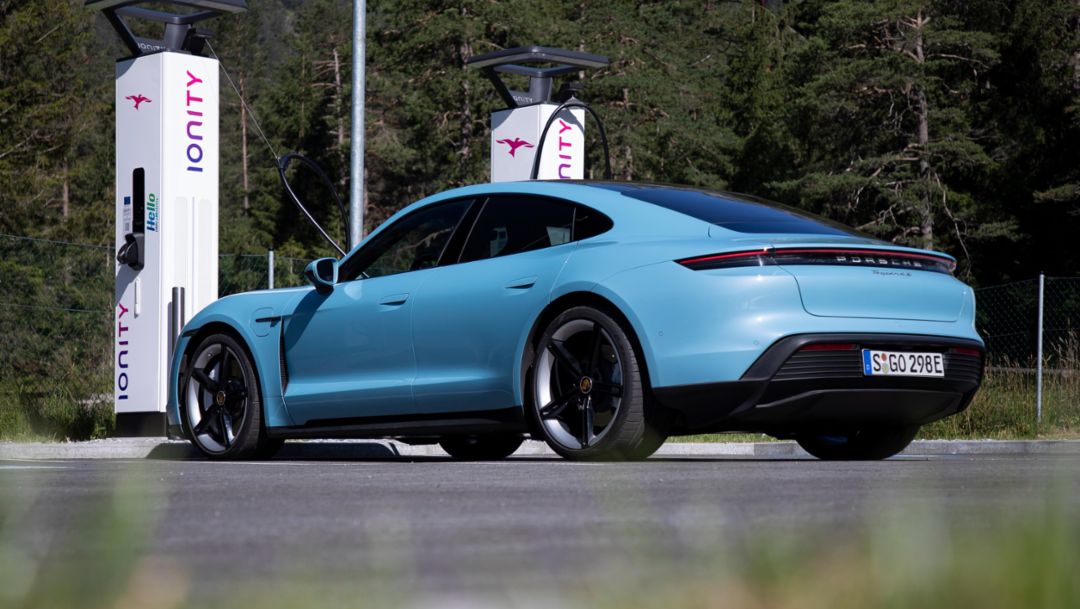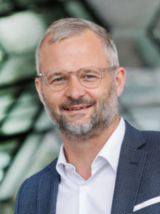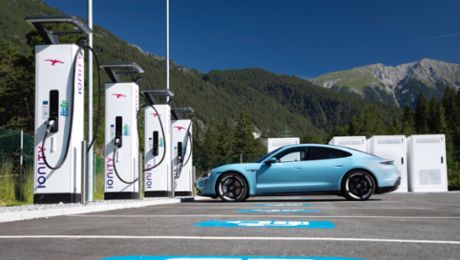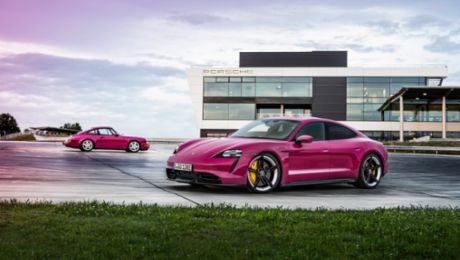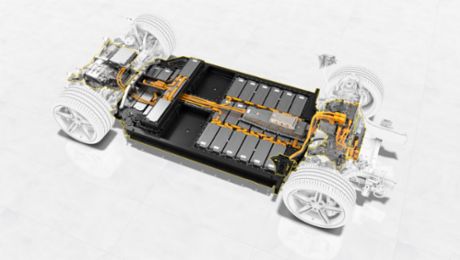In future, when electric cars are not being driven, they could also feed energy back into the public power grid. As part of a wider pool of vehicles, they could effectively act as a power plant and help supply what is known as balancing power – electrical power that balances out fluctuations in the power grid.
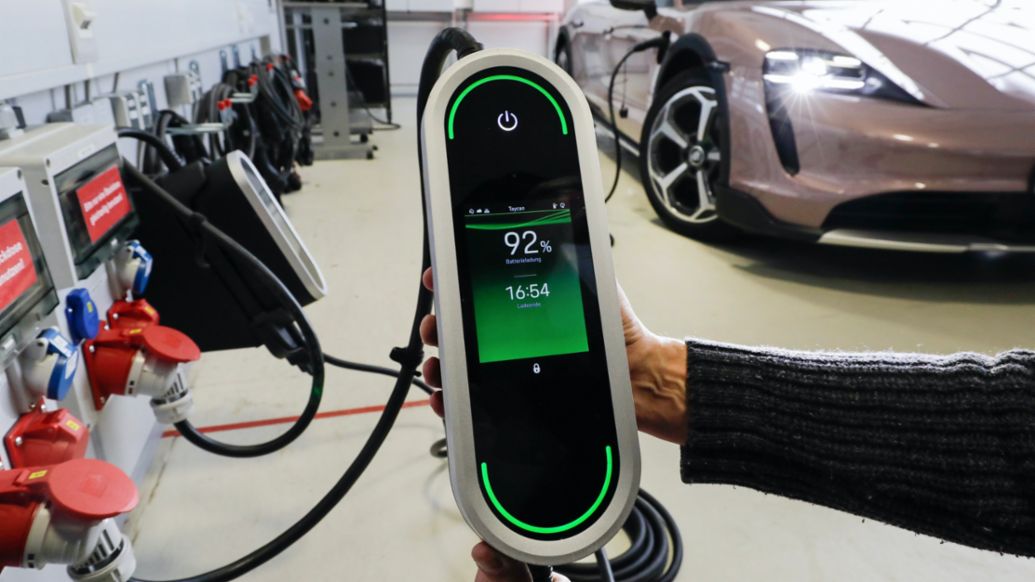
A realistic pilot test conducted by Porsche, the grid operator TransnetBW and consulting firm Intelligent Energy System Services (IE2S), has demonstrated that electrical balancing power can be stored in the high-voltage batteries of an intelligent swarm of electric cars. Five series-production Taycan were connected to the power grid via the Porsche Home Energy Manager (HEM) both in a domestic environment and under laboratory conditions. Experts from Porsche Engineering had already adapted the software of these control centres beforehand for the field test.
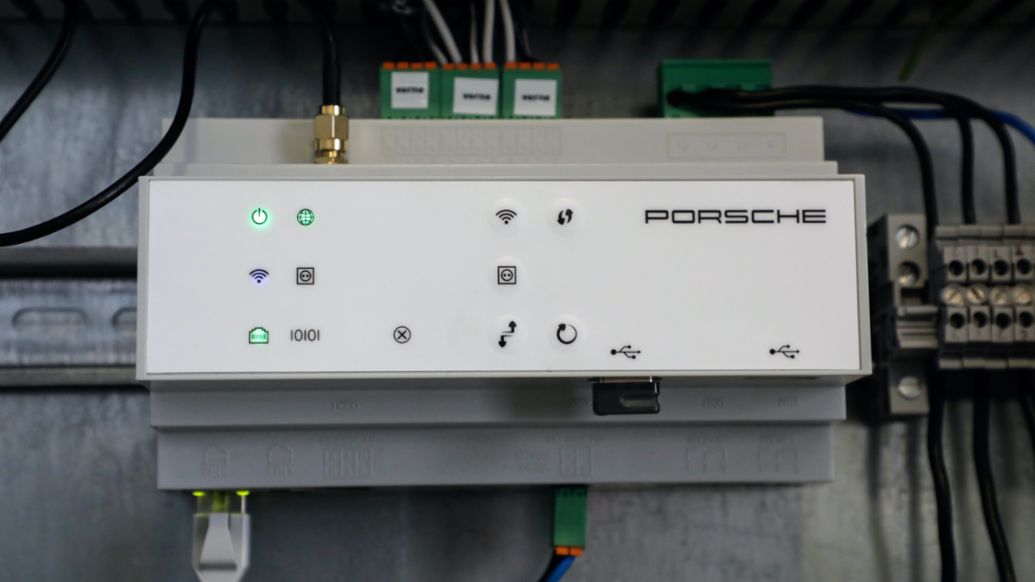
“The charging technology of the Porsche Taycan and our Home Energy Manager and Mobile Charger products have a lot of potential for the future: the pilot test proved that. And the balancing power market isn’t the only thing a pooling system of this kind can be used for,” says Lutz Meschke, Deputy Chairman of the Executive Board of Porsche AG. “Advanced solutions for green charging and other vehicle-to-grid applications are also conceivable. And that’s not all: if electric vehicles feed electrical energy back into the grid in the future for example with a private photovoltaic system, contributing to the expansion of regenerative energy, it will further increase the acceptance of e-mobility.”
With the expansion of renewable energies, balancing power will become even more important in the future for secure grid operation. This is because the power grid must always be stable, even though the wind and sun are not always producing consistent amounts of energy. If power grids are not stabilised at a constant 50 Hertz power frequency, there is a risk of power cuts. Until now, conventional power plants in particular have been responsible for cushioning these fluctuations. Using high-voltage batteries as a buffer would be a win-win situation: drivers of electric cars could be financially compensated for their contribution to balancing power.
The pooling system controls and coordinates the charging processes in real time
The key element of the data communication used in the pilot test is a cloud-based pooling system developed by IE2S. This coordinates and controls the charging processes of the electric vehicles in real time, by translating the grid operator’s balancing power setpoints into vehicle-specific signals. The pooling system also controls the high-frequency and synchronous bidirectional transmission of data. In order to test it, the pooling system was connected to TransnetBW’s main control centre in Wendlingen near Stuttgart.
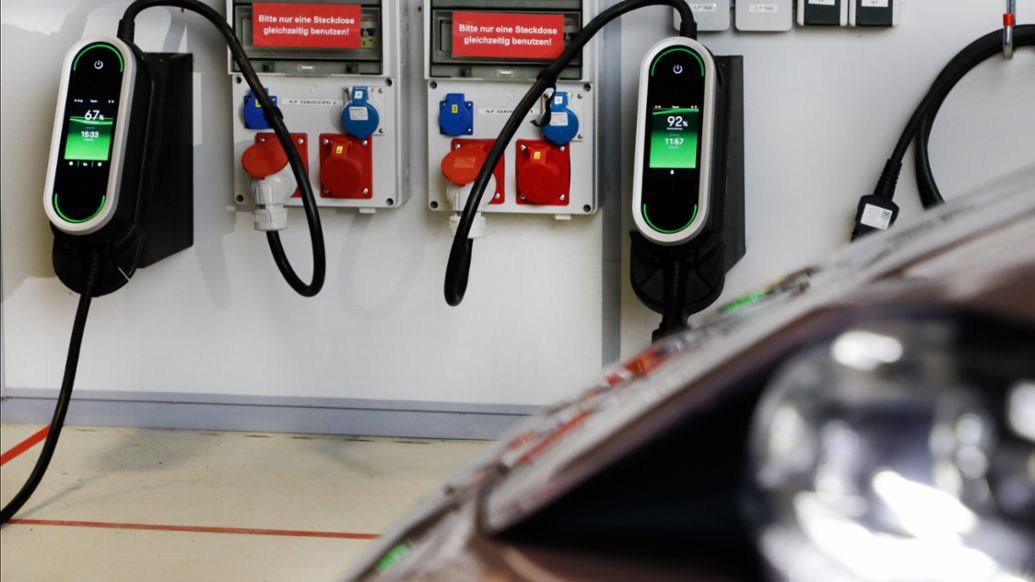
“A real measurable milestone: the project team has managed to implement the complex communication infrastructure between our control system and several electric vehicles. At the same time, the strict specifications for storing and supplying balancing power have been met. This will enable us to integrate electromobility into the intelligent power grid of the future,” explains Dr Rainer Pflaum, CFO TransnetBW.
For safety reasons, balancing power is subject to strict standards in Germany. During the pilot test, detailed measurements showed that the target values from the grid control system were met. This applied to both the primary (FCR: frequency containment reserve) and secondary (aFRR: automatic frequency restoration reserve) balancing power. FCR is required to stabilise the grid quickly, while aFRR has five minutes to become fully available.
The measurements were carried out in the control system, in the assets (the Taycan, Mobile Charger and HEM) and in the pooling system. For FCR, the HEM functions were extended to include local frequency measurement.
About TransnetBW
TransnetBW GmbH operates the electricity transmission grid in Baden-Württemberg. With this transmission network, the company secures the power supply in the region, in Germany and in Europe. It manages and controls the energy flows in the grid and is responsible for system stability in Baden-Württemberg. To this end, it is also researching future-oriented technologies and developing new processes.
About Intelligent Energy System Services
Intelligent Energy System Services is a joint venture between TransnetBW and MHP, the Porsche subsidiary for management and IT consulting. Its mission is to use its combined expertise to advise companies with business models that are being changed by the energy and mobility transition.
